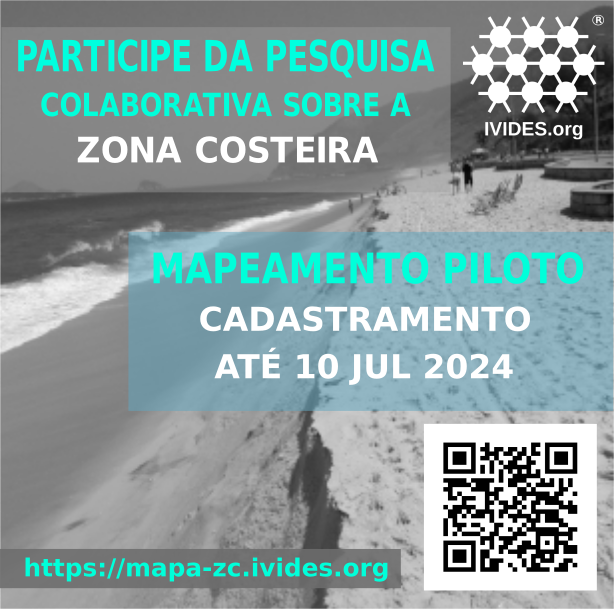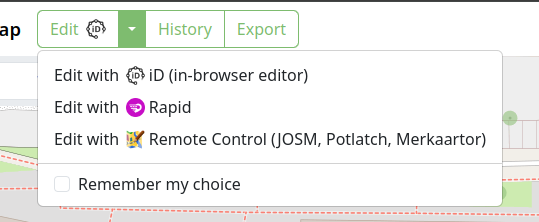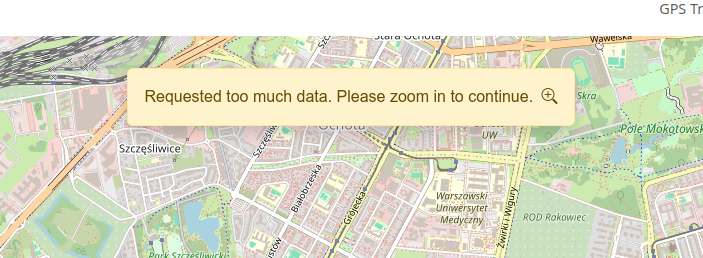Este é o quarto entre os diários de campo que compõem o caderno de campo da minha pesquisa sobre interações sociotécnicas nos Altos e Córregos da Zona Norte do Recife e sua área contígua em Olinda, cidades localizadas na Região Metropolitana do Recife (RMR). Mais detalhes sobre a pesquisa vocês podem ver na minha tese de doutorado, publicada em https://repositorio.ufpe.br/handle/123456789/48802. Para a tese a delimitação socioespacial foram os Altos e Córregos da Zona Norte do Recife, a parte de Olinda foi agregada depois da tese.
Os diários de campo foram realizados em minhas idas ao território objeto de estudo. Nessas idas sempre registrei o percurso com o aplicativo OSM Tracker. Esse diário diz repeito a ida para a sede da EScola Pernambucana de Circo, no Alto do Burity, Recife/PE http://u.osmfr.org/m/757844/ .

Segue abaixo o diário de campo na íntegra, apenas com alterações de nomes pessoais, com o intuito de resguardar a identidade das interlocutoras:
A principal motivação para ter ido ao Alto do Burity, no bairro da Macaxeira, foi a de entrevistar um representante da Escola Pernambucana de Circo, um ponto de cultura com alta incidência nas ações sociais nos morros da zona norte do Recife. A escola fica em uma avenida transversal à Avenida Norte, a Avenida José Américo de Almeida, onde há de um lado, o mesmo da Escola Pernambucana de Circo diversos comércios, como mercadinhos, pet shops, quitandas, lava jato e no lado oposto alguns prédios “caixão” que formam os conjuntos residenciais: Aquarela, Matias Cardoso de Almeida, Apipucos e Cidade Recife. A avenida segue ladeirada subindo para a parte efetivamente alta do Burity e segue até o limite com o Córrego da Areia.

Enquanto o meu interlocutor, o coordenador pedagógico da Escola, não chegava, o esperei num grande salão central na sede do ponto de cultura, equipado com equipamentos para impulsionar saltos, testar equilíbrio em fios e tecidos e um grupo de oito pessoas ensaiava, fazendo exercícios físicos inerentes as atividades citadas. Depois, durante a entrevista, ele me falou que aquele grupo é uma trupe, a Trupe Circus, que é o grupo que se apresenta em nome da Escola na sede e em outros locais também, formado por ex-alunos dos cursos promovidos por lá. Eles ensaiam diariamente pela manhã, enquanto à tarde, o espaço é ocupado pelos alunos iniciantes, formado por crianças e adolescentes que aprendem as primeiras habilidades para atuar nas artes circenses.

Fui recebido no escritório, na parte superior do prédio. Chegando lá, meu locutor passou cerca de 45 minutos conversando sobre a conjuntura política do país. Depois desse tempo, enfim, começamos a entrevista, ainda com respostas muito longas por parte dele, de maneira que precisamos remarcar pra continuar a entrevista em outro momento, pois o mesmo tinha um compromisso cujo horário se aproximava. Pedi então para fazer algumas fotos e vi que lá da sala em que estávamos há uma vista privilegiada dos morros, ao pedir autorização pra ele pra fazer uma foto, ele me indicou o topo do prédio, que é acessado por uma escada e de fato propicia uma visão deslumbrante dos morros que ficam na confluência entre os bairros da Macaxeira e Nova Descoberta.

Depois ele me mostrou as outras instalações do espaço que são compostas de salas para armazenamento de material (pernas de pau, bolas de equilíbrio, acessórios de palhaço, bambolê, instrumentos, material de cenário, etc). No salão ainda é possível identificar uma arquibancada que, segundo o meu interlocutor é reforçado por cadeiras ao redor do salão, podendo receber até 150 pessoas e chama a atenção o teto, com várias estruturas para se equilibrar. Ao final, ficamos de marcar outro momento para completarmos a entrevista e segui rumo a Avenida Norte para tomar o caminho de volta.



























